Of all the competitions in the Winter Olympics, sledding might be the one most of us tried as kids. Fittingly, the current Olympic slate has three different variations of sledding, all their own distinct sport: Bobsleigh, Luge, and Skeleton. In the Skeleton event, the sledder gets a running start and lies head-first in a small bobsled on a course where sleds can go up to 80 mph. And it’s just as riveting as it sounds.
History of Skeleton
The Skeleton can be traced back to the 1880s, when this form of sledding began to be practiced in Switzerland. It gained a local following in Switzerland and Austria, and in 1926 the IOC officially declared it an Olympic sport.
It debuted at the 1928 Olympics and appeared again in 1948, but then followed a 54-year absence until its return in the 2022 Salt Lake City games. Since returning to the Olympics, it has seen increased popularity around the world, particularly in countries that aren’t traditional sledding powers such as Mexico, Brazil and Australia.
The founding of the IBSF in 2007 has helped facilitate the growth of the sport outside of Olympic years, with competitions like the Europa Cup, the North American Cup, the Intercontinental Cup, and the World Cup. The modernization of the game in recent history has made the game accessible to a much larger number of people, with things like indoor facilities making it easier for athletes in places without a cold climate.
Skeleton in the Olympics
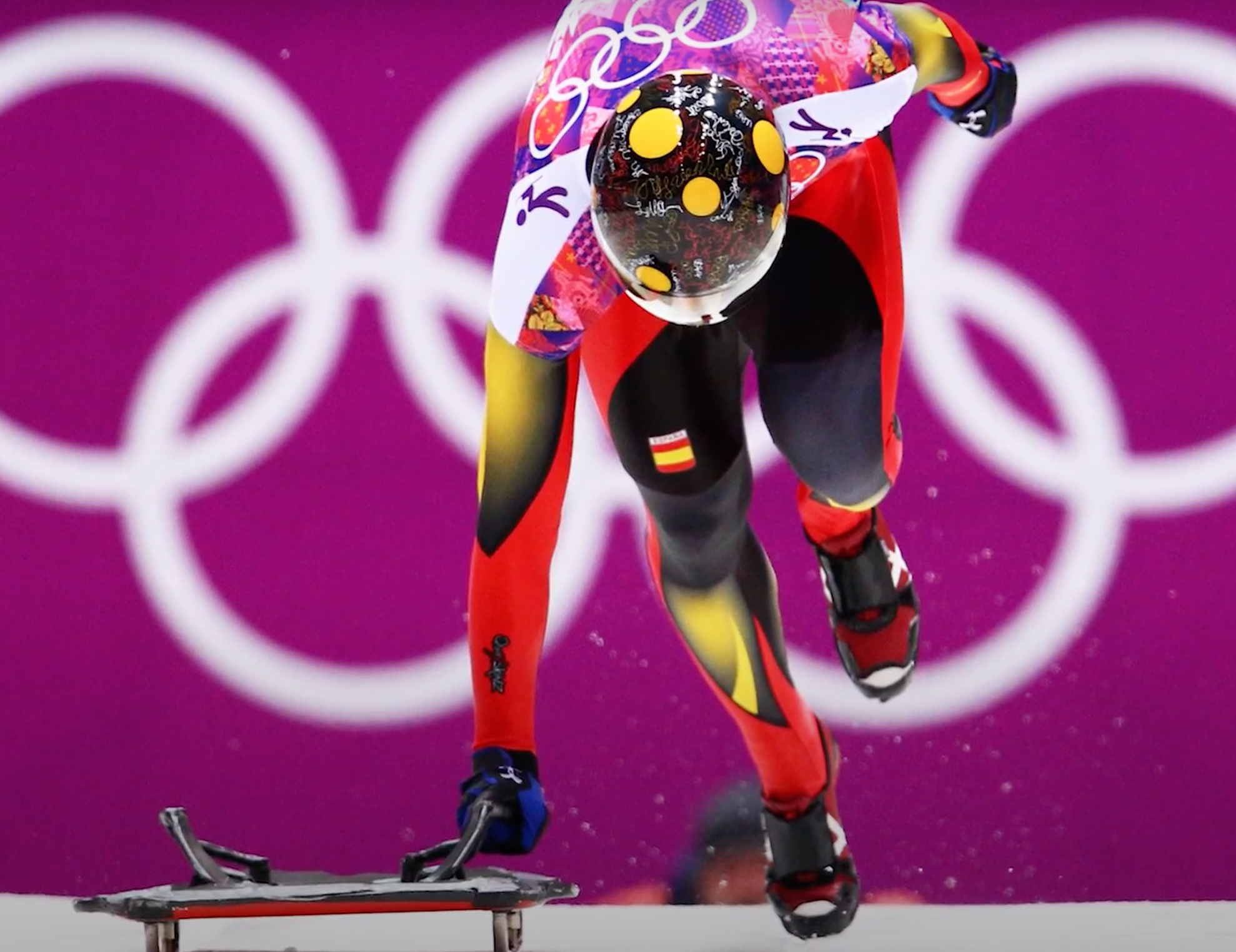
Skeleton in recent Olympic history has consistently been one of the most exciting viewing experiences. The speed that the sledders can reach and the fact that they are headfirst and alone on the sled keeps you on the edge of your seat.
The most successful Skeleton Olympic programs include many of the familiar faces of sledding as a whole: select European countries, the USA and Canada. South Korea broke onto the scene when they hosted the Olympics in 2018 thanks to Yun Sung-bin winning gold. The recency of the Skeleton’s arrival to the Olympics means this event doesn’t have much separating the top nations from the rest; Great Britain and Team USA lead the medal count, but each nation has only three gold medals each.
2022 Skeleton preview
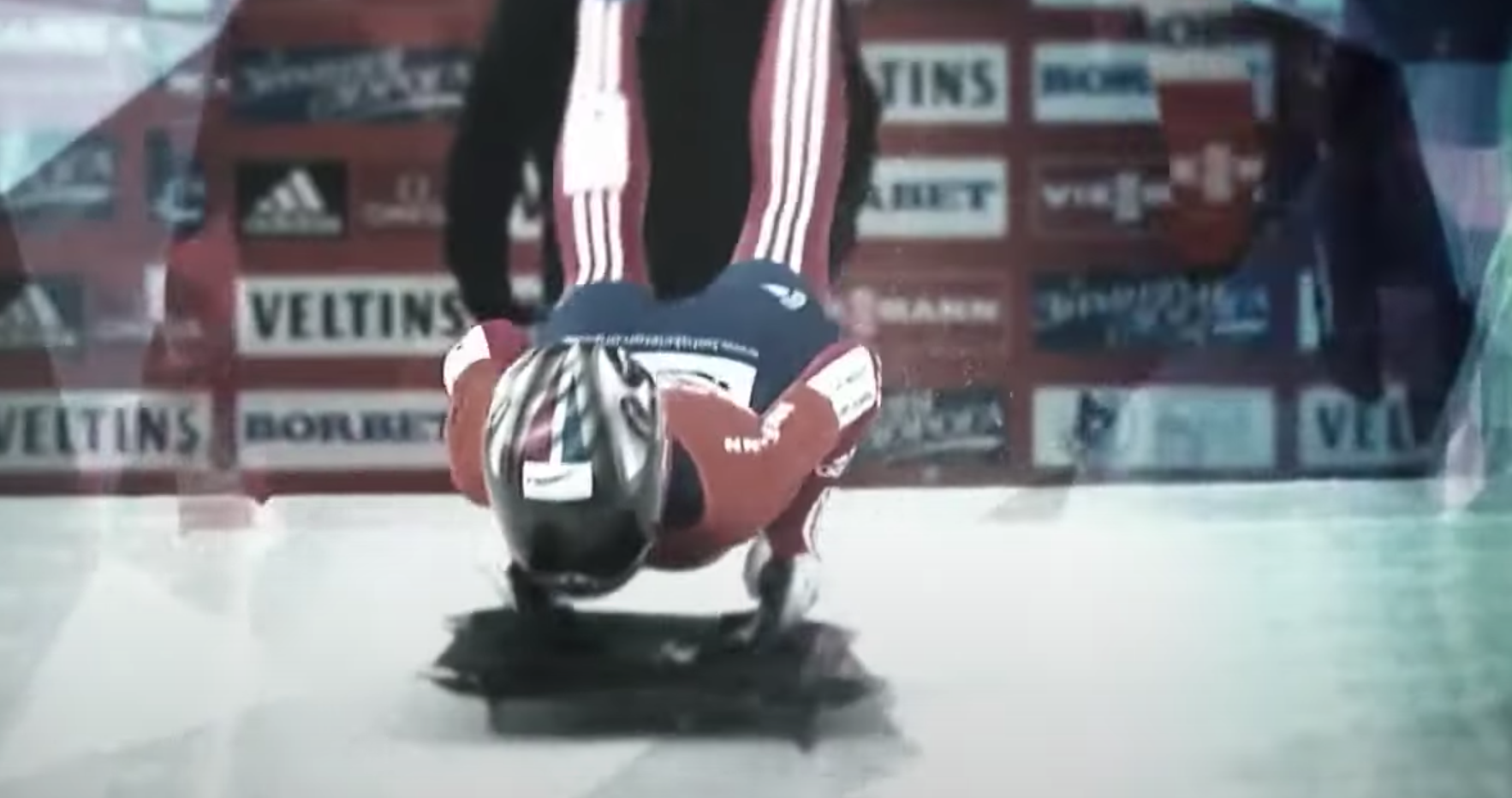
Yun Sung-bin will return for South Korea to defend his Olympic gold in 2018, but he has not been in the best form recently after finishing 17th in a recent tournament. The men’s favorite is German World Champion Christopher Grotheer.
The favorite on the women’s side is Kimberly Bos, who participated in the 2018 Olympics for Holland and most recently won the World Cup in 2022. Great Britain has taken gold at three straight Olympics, and all eyes will be on GB’s Laura Deas, who is looking to improve on her bronze medal in 2018.
Skeleton greatness
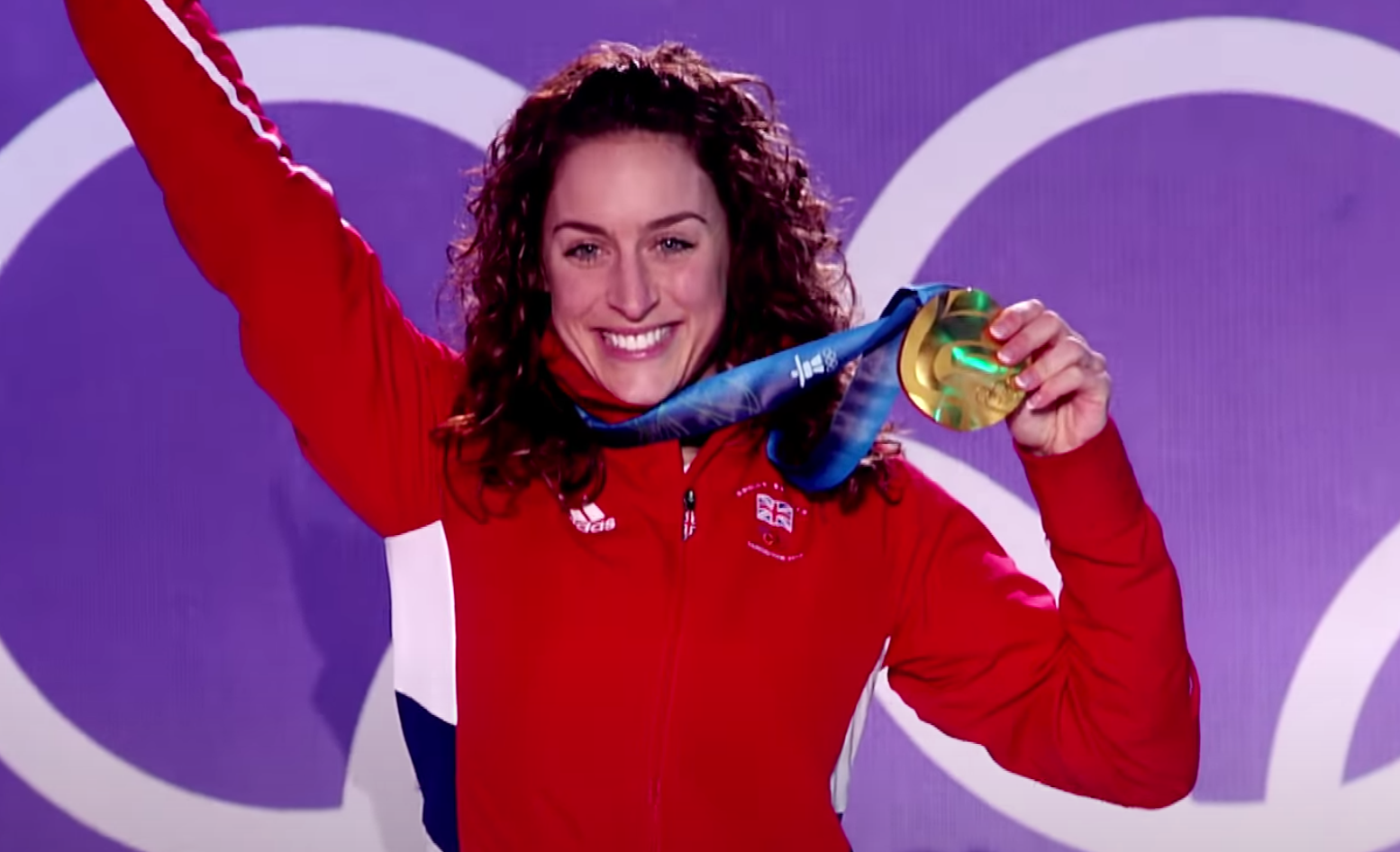
With Skeleton being such a new event, most of the greatest hits come from the last decade. In the 2010 men’s singles, Jon Montgomery set a track record in the third heat, giving him a fighting chance heading into the final race. Montgomery blazed down the ice again, beating Latvian Martin Dukurs’ final run by about 0.2 seconds and winning gold for Canada, making it two in a row for the Canadians.
Amy Williams made some history of her own in Vancouver, setting a new track record and becoming the first British slider to win gold in Skeleton.
The most recent history was Yun Sung-bin in the 2018 edition, who with his gold medal not only got to win his country’s first gold in front of a home crowd, but became the first athlete from outside of Europe or North America to get a gold medal in Skeleton. Sung-bin has the chance to cement his legacy even further when he returns to try for another gold in Yanqing.
2022 Skeleton schedule
Here is the schedule for the Skeleton events at the 2022 Winter Olympics:
- Feb. 10: Men’s singles runs 1 & 2
- Feb. 11: Men’s singles runs 3 & 4, Women’s singles runs 1 & 2
- Feb. 12: Women’s singles runs 3 & 4


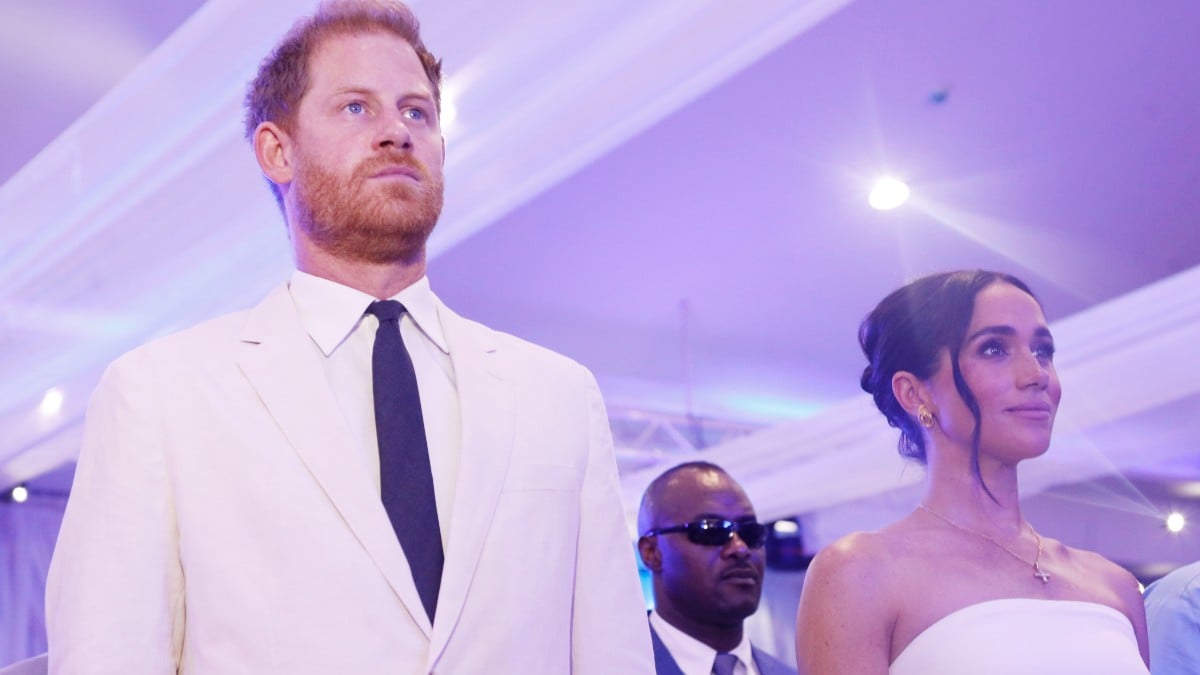



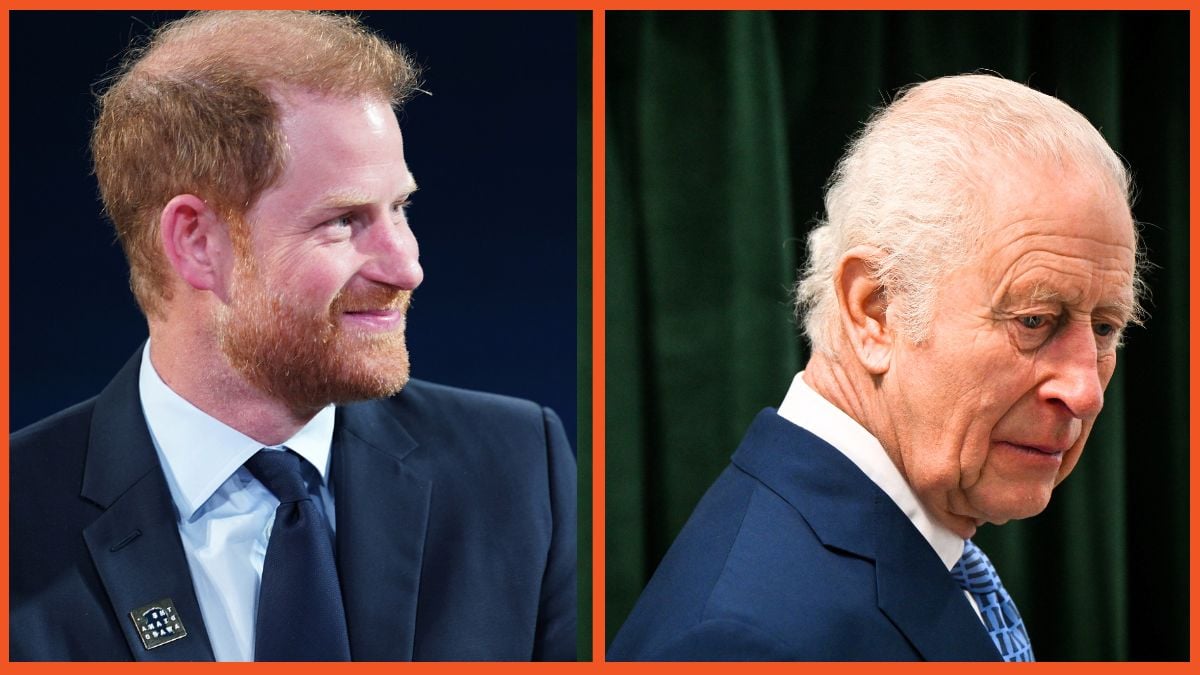
Published: Feb 1, 2022 11:06 am